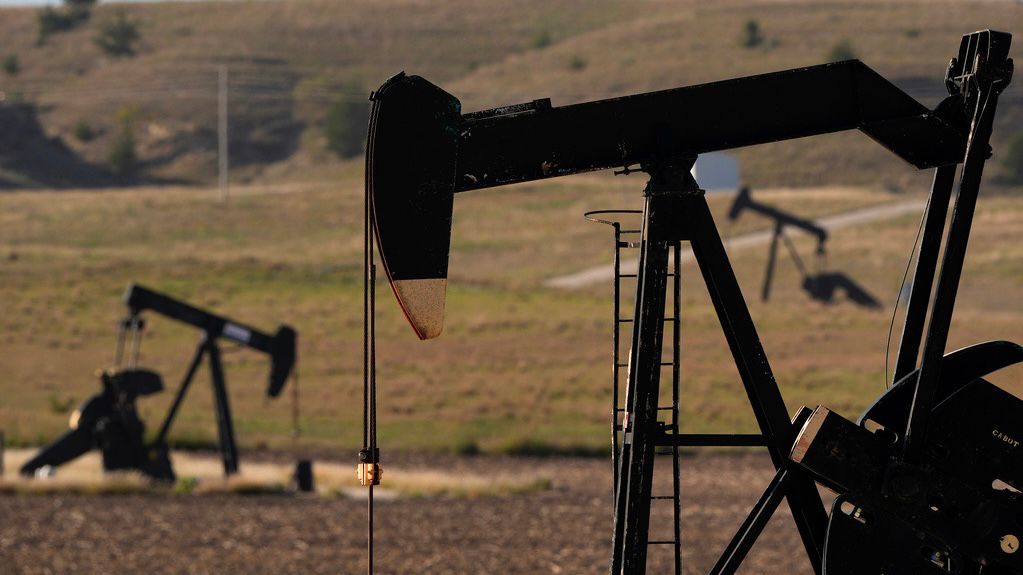The United States and Canada will produce more oil and gas this year than any other region in the world, according to a new analysis from S&P Global Commodity Insights.
The two countries are on track to produce more than 41 million barrels of oil and gas per day, whereas the Middle East produces about 38 million barrels.
“North America has an advantage that Europe and mainland China (and many other nations) do not,” S&P Global Commodity Insights North American Crude Oil Market director Celina Hwang said in a statement. “The United States and Canada produce more oil and gas than any other region in the world, and they also produce more than they consume.”
Production of oil and gas from shale deposits and the Canadian oil sands are driving this year’s record levels, the analysis found. The U.S. has more than doubled its oil and gas production since 2008, when oil production in the country hit a 62-year low.
U.S. crude oil production has surged from 5 million barrels per day in 2008 to a projected 12.7 million barrels per day by the end of this year, while natural gas production has risen from 54 billion cubic feet per day to more than 100.
The surge in domestic production is benefiting U.S. consumers, the analysis found. The cost of natural gas in the U.S. was 80% less in 2022 compared with Europe and China.
North American oil and gas production has helped buffer Europe from its reliance on Russian oil and gas, which western countries sanctioned after Russia invaded Ukraine in early 2022.
“If North American oil production was stuck at 2008 levels, Russia’s leverage in world energy markets would have been far higher than it already was on the eve of the Ukraine invasion,” S&P Global Commodity Insights’ Jim Burkhard said in a statement. “It would have been exceptionally difficult, if not impossible, for supplies from North America to not only protect North American consumers but also help fill the gap left by the cutoff of Russian oil and gas to Europe.”
The S&P report comes as national leaders around the globe agreed Wednesday to transition away from fossil fuels used for energy systems during COP28. The nearly 200 countries attending the annual climate conference said the transition would accelerate action this decade to achieve net zero emissions by 2050 and keep global temperatures from rising 1.5 degrees Celsius in accordance with the Paris Climate Accords.
To meet that goal, global greenhouse gas emissions need to decline 43% by 2030. They are currently on track to increase 9% in the same time frame, compared with 2010, according to the United Nations.
The fossil fuel transition announced at COP28 also included a commitment to triple the generation capacity of renewable energy globally and to double energy efficiency improvements before 2030.
According to S&P Global Commodity Insights, demand for coal will begin to decline in 2024, while demand for oil will continue peaking through 2030, before gradually declining through 2050. Demand for gas, however, will continue increasing over the next three decades.








